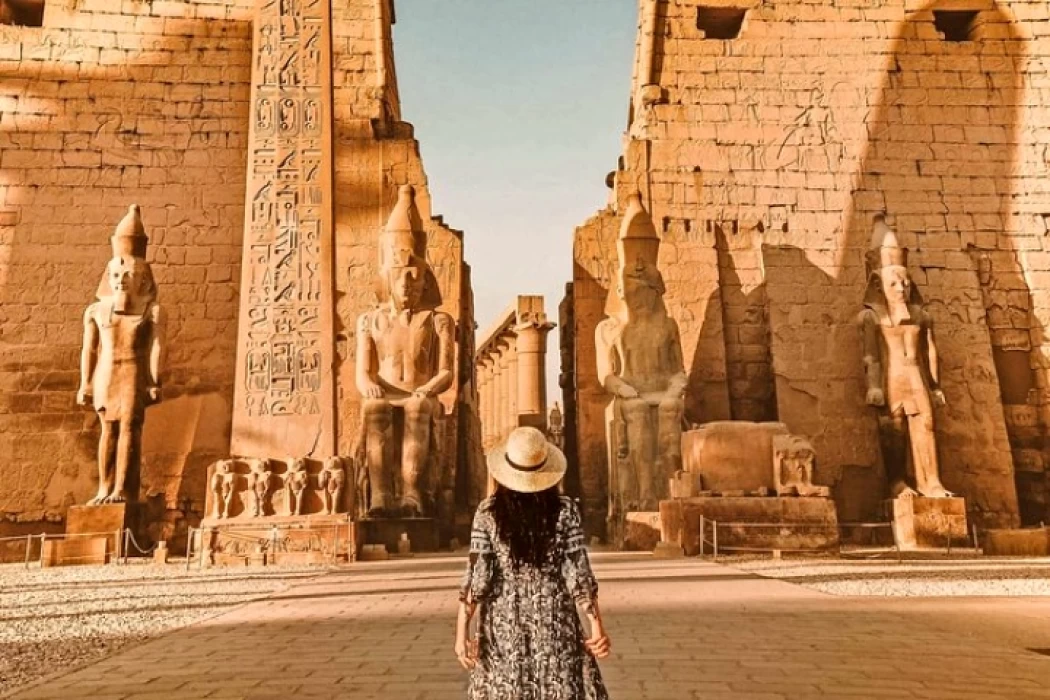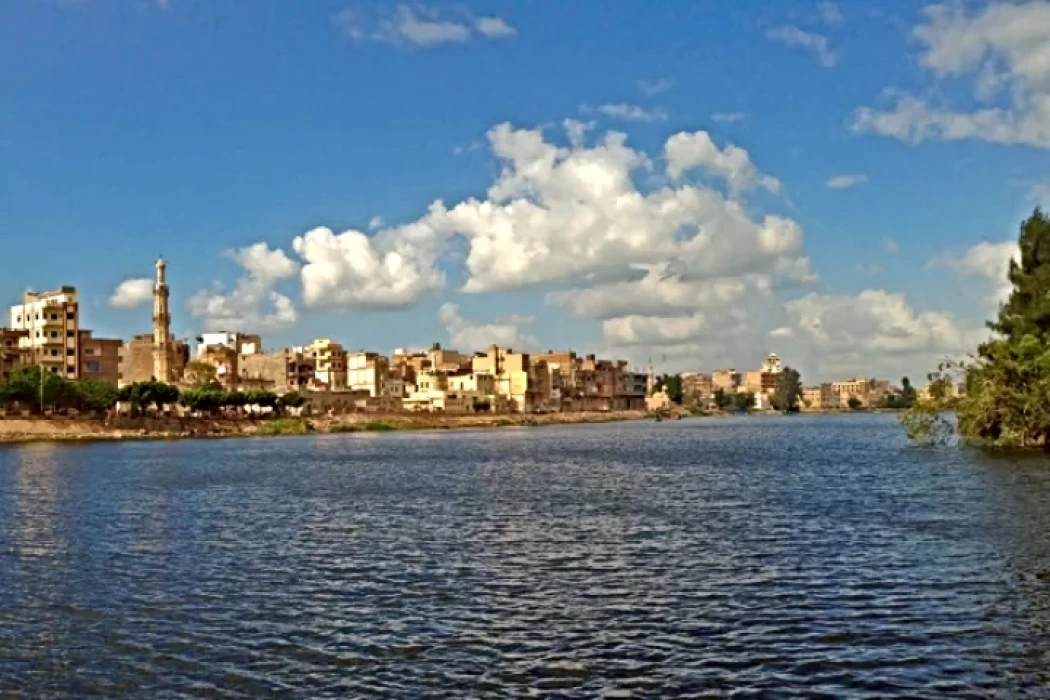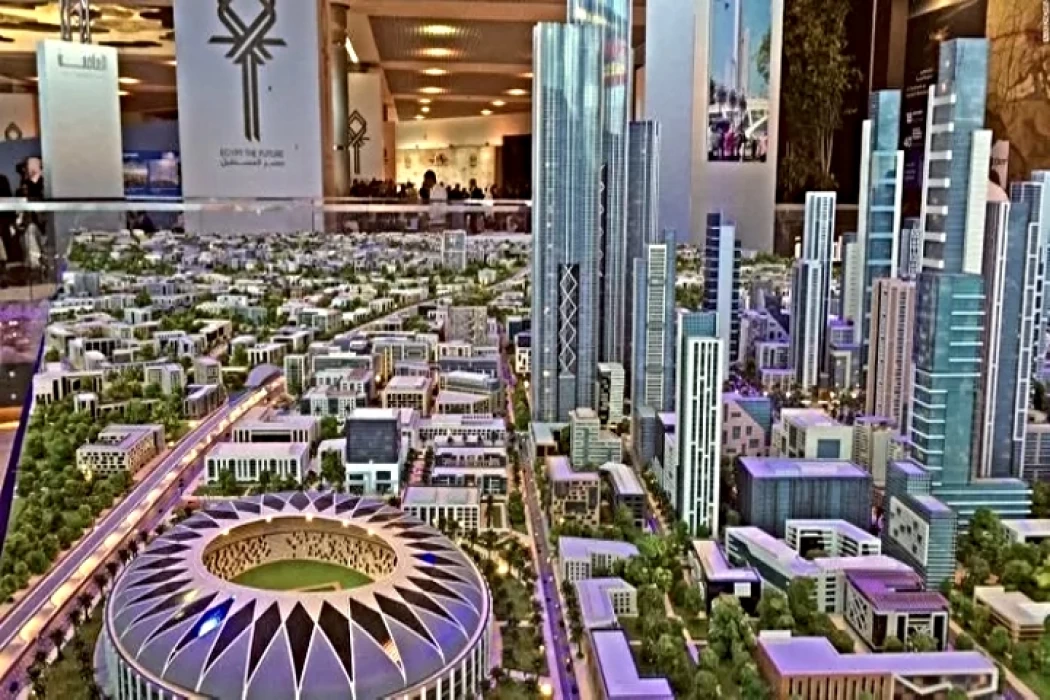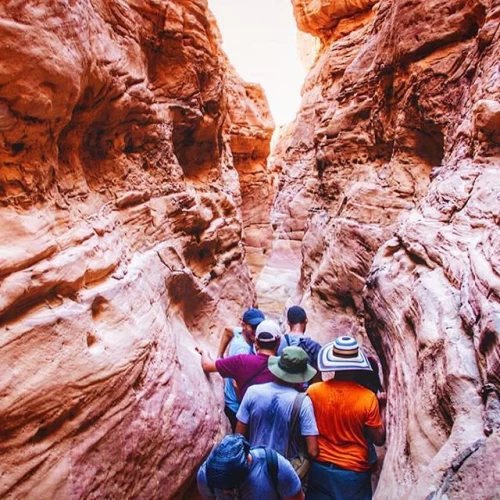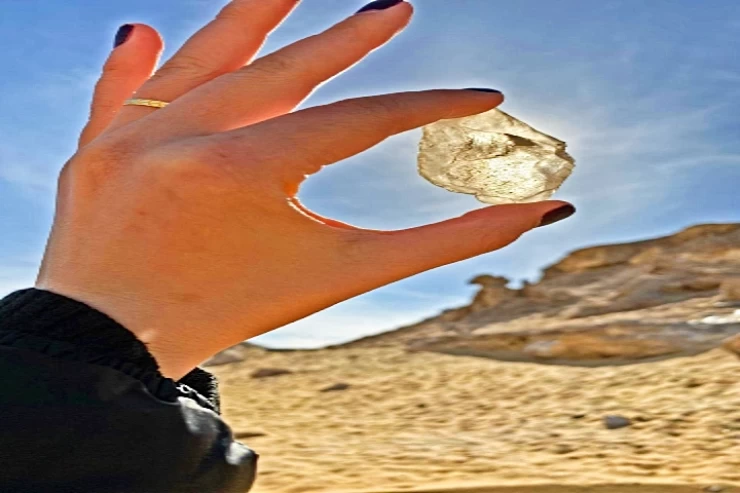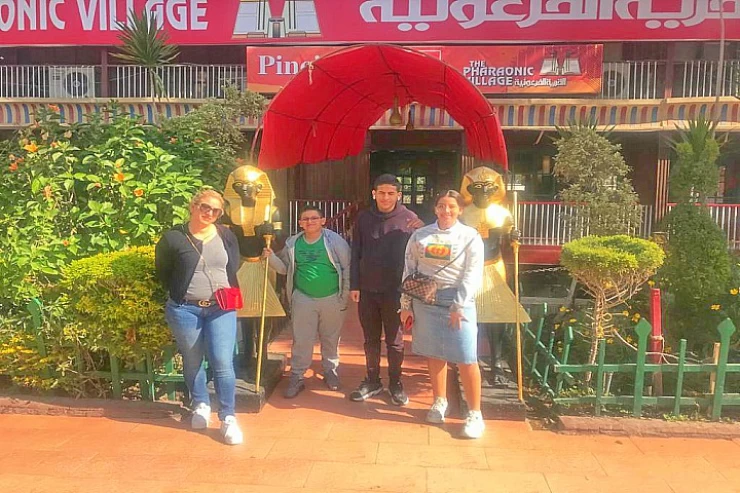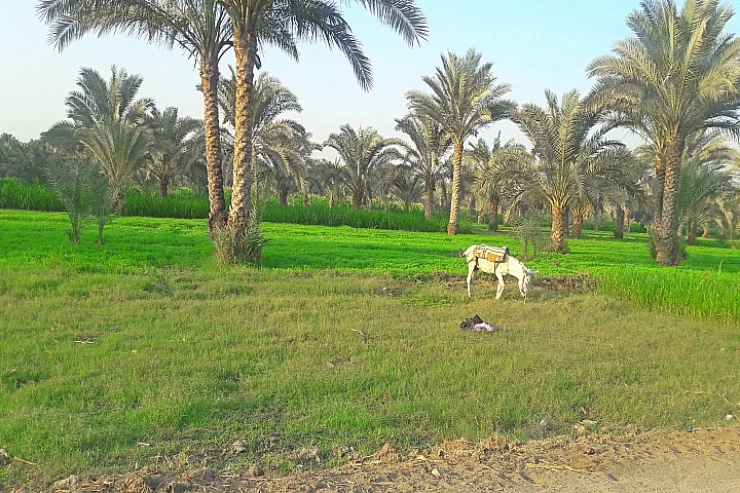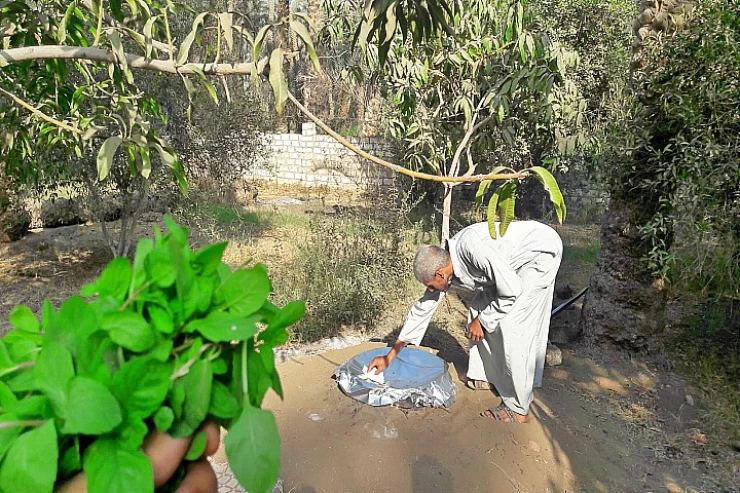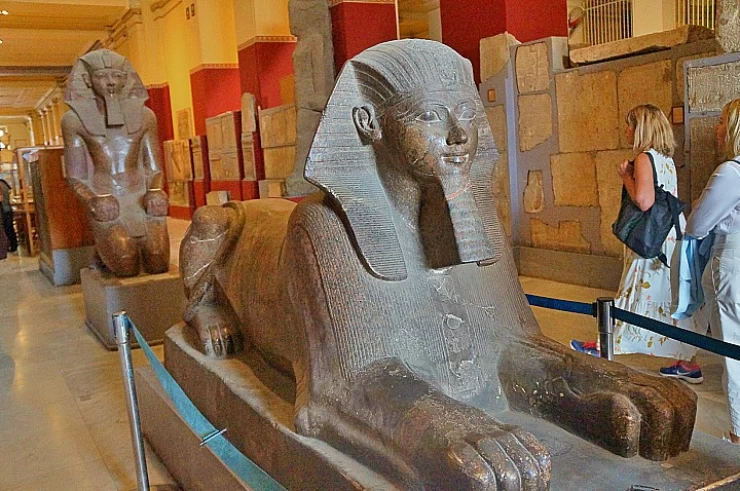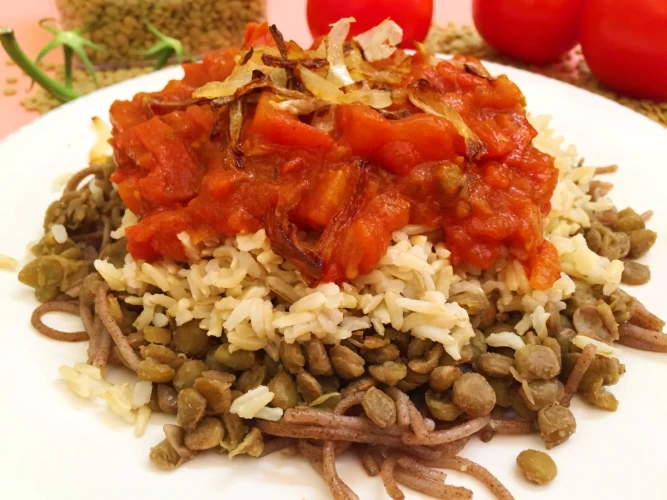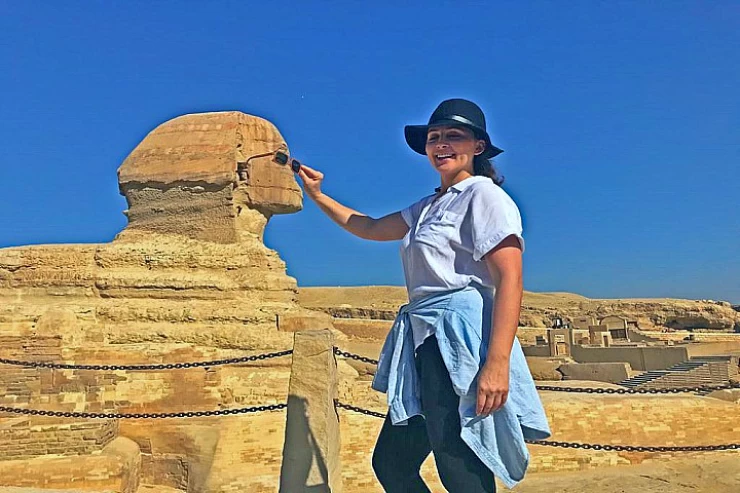
Egyptian Cuisine
Egyptian cuisine is distinguished by its significant incorporation of legumes, vegetables, and fruits that thrive in the fertile regions of the Nile Valley and Delta. It shares considerable similarities with the culinary practices found in the Eastern Mediterranean area. Prominent dishes in Egyptian gastronomy include rice-stuffed vegetables, grape leaves, shawarma, kebab, and kofta. Noteworthy recipes feature ful medames, which is made from mashed fava beans; Kushari, a dish combining lentils and pasta; and molokhia, a stew prepared with bush okra. Pita bread, known locally as eish Baladi, along with the tradition of cheesemaking, can be traced back to the 1st Dynasty of Egypt, with feta cheese being the most widely consumed variety today. As the first agricultural civilization in history, Egypt's food culture underscores the significance of a balanced diet. Meals generally consist of proteins, vegetables, carbohydrates, vitamins, and iron, rendering them wholesome and nutritious.
Traditional Egyptian cuisine is characterized by a diverse array of meats, such as rabbits, pigeons, chicken, and ducks, with lamb and beef primarily reserved for grilling. In Cairo, falafel is a favored fast food choice, while dessert pies have been a culinary tradition for over 2,500 years. Furthermore, fish and seafood are abundant in Egypt's coastal regions, particularly in Alexandria, which is celebrated for its seafood offerings. The prominence of vegetarian dishes in Egyptian cuisine can be linked to the relatively high prices of meat and the dietary customs of the Coptic Christian community, which often practices vegetarianism for a significant portion of the year.
Egyptian cuisine demonstrates a notable inclination towards vegetarian dishes, primarily due to its heavy reliance on beans and plant-based ingredients. While coastal cities like Alexandria are known for their fish and seafood, the culinary landscape of Egypt varies across different governorates, with a strong emphasis on agricultural products. Historically, the Egyptian Red Sea ports acted as the main conduit for spices from Europe, enabling the gradual incorporation of various spices into local cooking. This has had a profound impact on Egyptian culinary traditions, with cumin being one of the most commonly used spices. Other frequently utilized spices include coriander, chili, black pepper, anise, bay leaves, dill, ginger, cinnamon, mint, and cloves.
In Egyptian cuisine, commonly consumed meats include rabbits, pigeons, poultry, and ducks. These meats are frequently boiled to create broth for various soups. Lamb and beef are the primary meats utilized in barbecuing, with grilled options such as kofta, kebab, and grilled cuts being intermittently referred to as barbecue. In Egypt, there is a notable popularity for dishes made from animal entrails and various meats. Among the most renowned fast food items in the country are liver sandwiches, particularly those from Alexandria. These consist of minced liver sautéed with sweet and hot peppers, garlic, cumin, and other spices, served in a type of bread known as eish fino. Additionally, the consumption of cow and sheep brains is observed in certain cities across Egypt. The relationship between cuisine and religious practices is especially significant during Ramadan, a crucial month of fasting for Muslims in Egypt. This period is marked by extensive culinary preparations, particularly after the daily fast concludes. Iftar, the meal that signifies the end of the fast, is a communal occasion where families gather around the table immediately after sunset and the Maghrib prayer. A wide array of dishes is presented, emphasizing variety and richness. Traditional desserts such as Kunafa and Qatayef are particularly popular during this time. Furthermore, many Egyptians establish special tables for the less fortunate, often set up in street tents and referred to as the "Table of Mercy," reflecting one of the 99 names of God. The nature of these tables can range from simple to extravagant, depending on the host's resources. Concurrently, observant Christians in Egypt adhere to fasting periods as dictated by the Coptic calendar, which can last for more than two-thirds of the year for the most devout. In contrast, more secular members of the Coptic community typically observe fasting mainly during Easter and Christmas. The Coptic fasting diet is largely vegan, with followers consuming vegetables and legumes prepared in oil while refraining from meat, poultry, and dairy products.
Beverages: In Egypt, tea is deeply embedded in the cultural and social fabric, often serving as a traditional component during family gatherings. The practice of sharing tea can signify the social standing of those involved or the purpose of the visit, thereby making it an essential element of hospitality. Within Egyptian culture, tea is informally termed "duty," highlighting the expectation to offer it to guests, while other drinks are viewed as secondary. Coffee, referred to as Qahwa in Egyptian Arabic, also plays a crucial role in traditional hospitality. It is usually prepared in a small pot known as Dalla and served in small cups called Fengan. The coffee is typically sweetened to different extents, classified as ‘al Riha, Mazbout, and Ziyada plus Sariaose, with the unsweetened variant known as Sada. Sugar cane juice is a popular drink found at numerous fruit juice stalls across Egyptian cities. During the Islamic month of Ramadan, licorice teas and carob juice are commonly consumed, along with Amar al-din, a thick drink made by dissolving dried apricot sheets in water, often enjoyed as a sweet treat. Another favored beverage during Ramadan is Sobia, a sweet coconut milk drink typically offered by street vendors. Additionally, a refreshing tamarind drink called Tamr Hindi, meaning "Indian Dates," is especially popular during the summer months. Our Egyptology expert will provide comprehensive insights into the history of Egypt and its significant historical sites.
Latest Articles
Admin
Aswan Governerate in Egypt
Aswan was known as ‘Sonu’ in ancient Egyptian times, meaning market, as it was a trading centre for caravans coming to and from Nubia. In the Ptolemaic era, it was called ‘Sin’ and the Nubians called it ‘Yaba Swan’. It was also known as the Land of Gold because it served as a great treasure or tomb for the kings of Nubia who lived there for thousands of years. Before the migration, Aswan's borders extended from Asna in the east to the border of Sudan in the south, and its inhabitants were Nubians, but after the Islamic conquest of Nubia, some Arab tribes settled there.
Admin
About Luxor Governorate in Egypt
The South Upper Egyptian area is home to the Egyptian governorate of Luxor. Its capital is Luxor, which was formerly Thebes, the capital of Egypt throughout multiple pharaonic eras. Its centers and cities are spread over both sides of the Nile River. The said governorate was established by Presidential Decree No. 378 of 2009, which was promulgated on the 9th of December of that year.
Admin
History of kafr El Sheikh Governorate
Kafr El Sheikh Governorate, located in the far north of Egypt in the Nile Delta, overlooking the Mediterranean Sea, is characterised by the diversity of natural life and environments, and is one of the Egyptian cities that can be visited after the end of the first semester exams at universities and schools, as it features many diverse tourist and recreational places at symbolic prices within everyone's reach.
Admin
Egypt's New Administrative Capital
The New Administrative Capital is considered the project of the era because it reflects a perfect image of the future and progress on the economic, cultural, social and civilisational level, as the capital is considered the new capital of Egypt at the present time. The importance of the New Capital is that it is a comprehensive transformation of the future of buildings, services and national and mega projects in Egypt.
Admin
Al Gharbia Governorate
The Governorate of Gharbia is inclusive in the geographical area of The Arab Republic of Egypt which is in the African continent, more specifically in the region surrounding the Nile delta, between Damietta and Rashid governance. To the control of the region from the north is Kafr El-Sheikh Governorate, from the south Menoufia Governorate, from the east – Dakahlia, Qalyubia Governorates, and to the west is the Beheira Governorate.
Admin
Hamata Islands (Qulaan Archipelago) in Marsa Alam
Each reserve has several sectors. In Wadi El Gemal Reserve, there is one of the natural areas called the Hamata area or Hamata sector in Wadi El Gemal Reserve. Its sectors are the perfect and most ecological, land and water, and host countless animals and plants found in the oceans and on the land.

